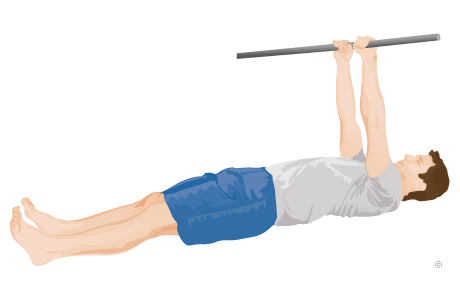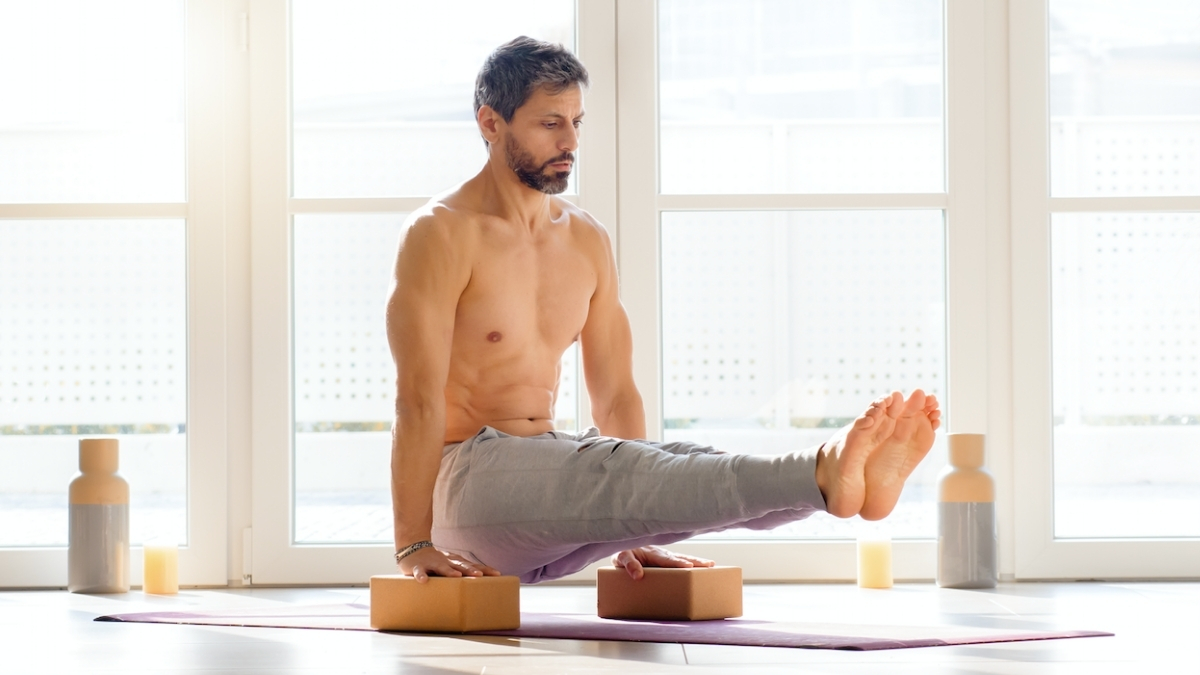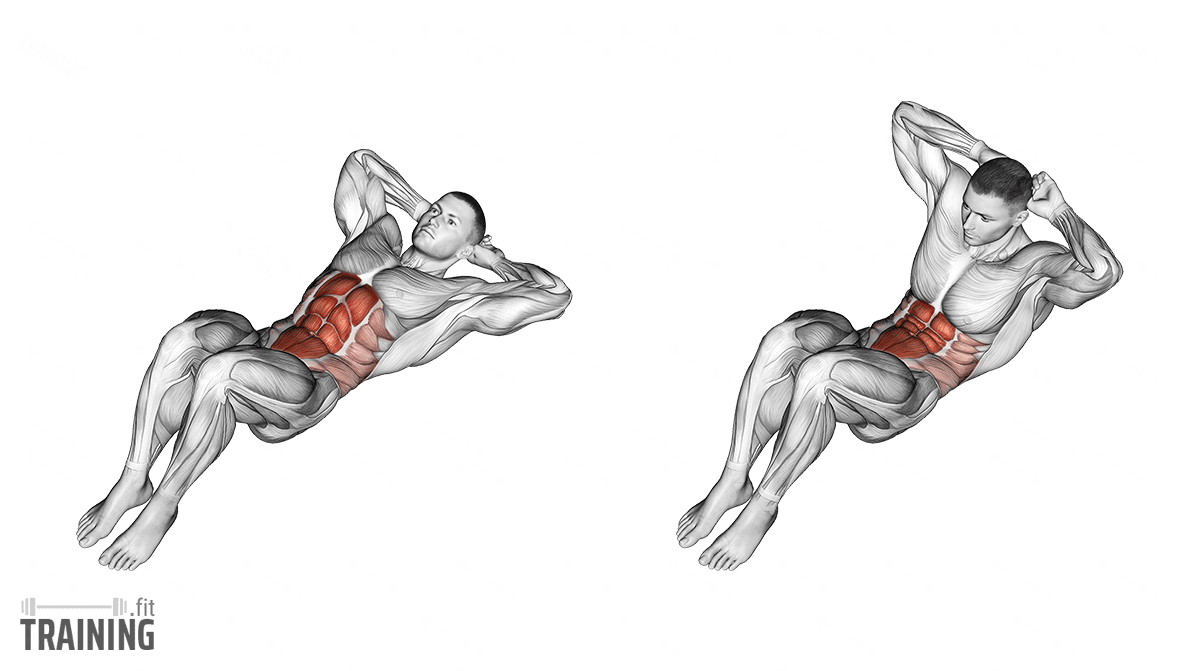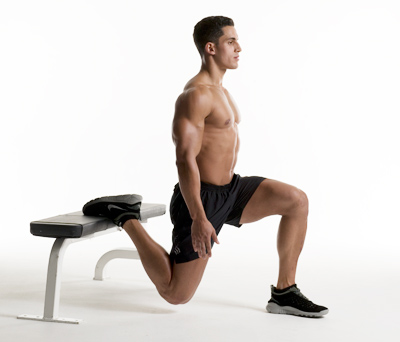Are you itching to revamp your fitness routine but feeling overwhelmed by the gym scene? Whether you’re a total beginner or a seasoned gym-goer looking to mix things up, this calisthenics beginner workout offers a refreshing approach that revolves around one simple tool: your body.
In this beginner-friendly guide, we’ll take you by the hand and walk you through the basics of calisthenics. No fancy equipment or pricey memberships required—just you and your determination. From mastering classic moves like push-ups and squats to achieving your first pull-up, we’ll lay out a step-by-step plan to kickstart your journey.
So, if you’re ready to break free from the monotony of traditional workouts and embrace a more dynamic, empowering fitness experience, join us as we dive into the world of calisthenics and discover the joy of moving your body in ways you never thought possible.
Background
Before giving you the workout, I am going to talk about the background on why you should do these exercises, how you should modify exercises for your level or what equipment you need to perform. In the end you will receive a calisthenics beginner workout routine you can do to.
When should you do these exercises?
This calisthenics beginner workout is for everyone who wants to train with his or her own bodyweight. Also, for those who are not able to go to a gym.
How to modify the exercise for your current level?
Modifying calisthenics exercises is essential for accommodating different fitness levels, addressing limitations, and ensuring proper form. Here are several ways to modify calisthenics exercises:
Adjust Range of Motion
Reduce the range of motion for exercises like push-ups or squats by performing partial reps. This can help beginners build strength and confidence before progressing to full-range movements.
Use Assistance
Use assistance from a partner, resistance bands, or a stable surface to make exercises easier. For example, use a resistance band for pull-ups to assist with the upward phase of the movement.
Change Body Position
Alter your body position to change the leverage and difficulty of exercises. For instance, elevating your hands during push-ups or placing your feet on a raised surface for inverted rows can decrease the intensity.
Decrease Stability
Introduce instability by performing exercises on unstable surfaces like a stability ball or a balance board. This engages more stabilizer muscles and adds a challenge to basic movements like planks or squats.
Use Props or Equipment
Incorporate props or equipment to modify exercises. For example, use a chair for assisted pistol squats or rings for inverted rows to adjust the difficulty level.
Split Exercises
Break down complex movements into simpler components to practice and build strength progressively. For instance, work on eccentric pull-ups (lowering phase) before attempting full pull-ups.
Focus on Eccentrics
Emphasize the eccentric (lowering) phase of exercises to build strength and control. Slow down the descent during exercises like push-ups, squats, and pull-ups to increase time under tension.
Reduce Intensity
Scale back the intensity by performing fewer repetitions or sets, or by taking longer rest periods between sets. This allows for proper recovery and prevents overexertion, especially for beginners.
Modify Hand or Feet Position
Adjust the placement of your hands or feet to change the emphasis of an exercise. For example, widening your grip during push-ups can target different areas of the chest and shoulders.
What do you need to perform the following exercises?
To perform the following exercises, you only need a few items. For the majority of movement, the only thing you need is you own body. But certain push and pull exercises you need equipment to perform.
Push exercises
A pushing exercise is a type of strength training movement that involves pushing a resistance. This resistance can be a barbell or even your own body. Push exercises using primarily the upper body, especially the chest, shoulder and triceps.
Push up
 Credit: FitForFun
Credit: FitForFun
The push up is an all-time classic bodyweight exercise, where you push your body up from the ground using your arms.
Dips
 Credit: Strengthlevel
Credit: Strengthlevel
You lower your body down, while keeping your shoulders and core tight until your elbow is in 90° to your upper arm. Then you push yourself back up to the starting position.
Pull exercises
In opposite to the pushing exercise the pulling exercise is a type of strength training movement that involves pulling a resistance towards you. This resistance still can be a barbell or even your own body. Pull exercises using primarily the upper body, especially the back, biceps and forearms.
Pull Up
 Credit: Crossfit
Credit: Crossfit
To perform this exercise, you need a pull up bar or something similar where you can hang. While hanging, you pull your body up until the chin passes the bar.
Bodyweight rows
 Credit: FitStream
Credit: FitStream
Similar to bend over rows, you are pulling your body towards the bar, squeeze your back and lower yourself back down to the starting position.
Core exercises
Core exercises target the abs, lower back, hips and pelvis. Strengthen these muscles are essential for injury prevention, stability and overall functional movement.
L-Sit
 Credit: BarBend
Credit: BarBend
The L-Sit is the base for brutal core strength. If you are able to hold the L-Sit for over 30 seconds, your Core strength is really good. Here you keep a 90° bend in your hips and hold your body over the ground by pushing yourself from the ground with your hands.
Crunches
 Credit: Training.fit
Credit: Training.fit
Crunches are the basic for abs training. Lay on your back and keep a bend in your legs. Now, Raise your upper body until you feel your abs contracting and slowly lower yourself again.
Plank
 Credit: FitForFun
Credit: FitForFun
This is also a very good exercise for overall core strength. It is easier than the L-Sit and good exercise to integrate in every workout.
Leg exercises
Core exercises target the quads, hamstrings and all the little muscle around. Strengthen these muscles are essential for injury prevention, stability and overall functional movement.
Bodyweight Squat
 Credit: StrengthLevel
Credit: StrengthLevel
The bodyweight squat is the perfect exercise to build muscle in your lower body. You stand upright with your feet shoulder width apart. Now, you lower your body until your thighs a parallel to the ground. If your mobility allows you to go deeper, you should perform a deep squat.
Bulgarian Split Squat
 Credit: athleticperformanceacademy
Credit: athleticperformanceacademy
The back leg is elevated on a bench. Now, you lower your body to perform a split squat. Hold for a second and bring you body back to the starting position.
Example Workout
In the following I will show you an example full body calisthenics beginner workout with the listed exercises. You can do this workout 2-3 time a week to start your calisthenics journey. The workout is divided in three parts: Push part, Pull part and Legs part. To have a beginner friendly workout some exercises are modified so that everyone should be able to do them. Every exercise should be repeated three to four times.
Push up
The first exercise is the push up for 8-10 repetitions.
Negative dips
Normal dips are not for everyone an easy exercise. That’s why we do negative dips. You only do the eccentric part of the movement and try to lower yourself as slow as you can do. You should do 8 repetitions.
Bodyweight rows
For the last movement in the Pull part we do bodyweight rows. Try to keep your body in a straight line and keep your core tight. Aim for 10 to 12 repetition on this one.
Negative Pull ups
Here is the same concept as for the negative dips. You jump up to the highest point of the movement, your chin is over the bar, and lower yourself as slow as possible until you are in a hanging position. Do this 8 to 10 times.
Bodyweight Squats
For the last part we work out your legs. You should be able to do this exercise at least 15 to 20 times.
Plank
As the last exercise we do the plank. Your body should be a straight line from head to feet. Keep you core tight and raise your butt. Try to stay in this position for 30 seconds.
Conclusion
Whether it’s your first day or your hundredth, every step forward is worth celebrating. Remember, in calisthenics, it’s not just about the physical gains but also the mental triumphs—the moments when you push through doubt and emerge stronger on the other side.
So, as you catch your breath and wipe the sweat from your brow, know that you’re not just building muscle; you’re building resilience, discipline, and a deeper connection with your body. And as you continue on this journey, keep in mind that progress isn’t always linear. There will be ups and downs, but each setback is an opportunity to learn and grow.
Above all, enjoy the process. Embrace the challenge and don’t forget to have fun along the way. Because in the end, it’s not just about reaching your fitness goals—it’s about the journey that shapes you into the best version of yourself. Keep pushing and keep believing. Your calisthenics journey is just getting started.
If you liked this post then you might also like: